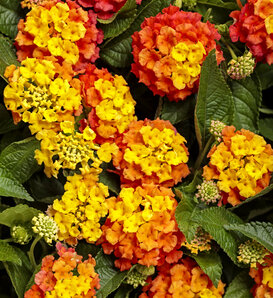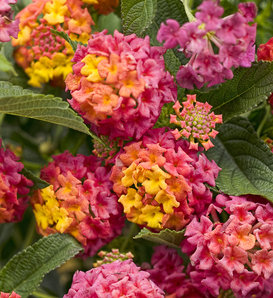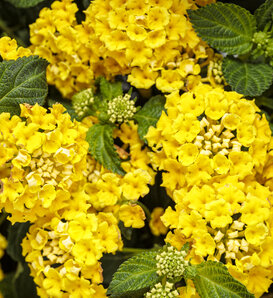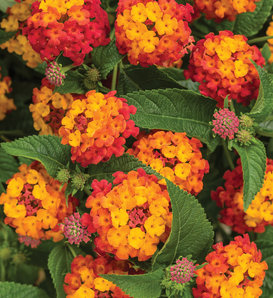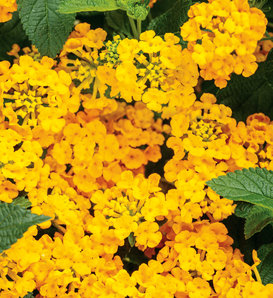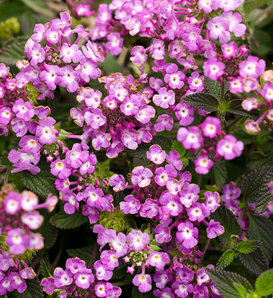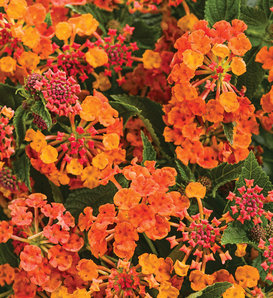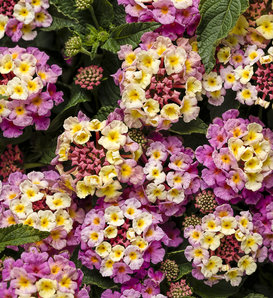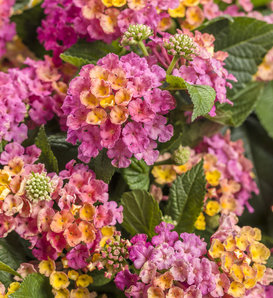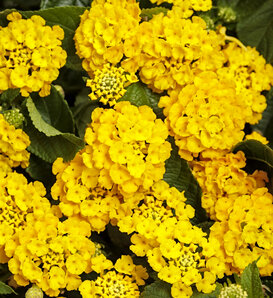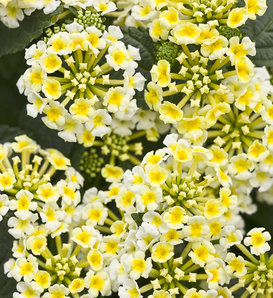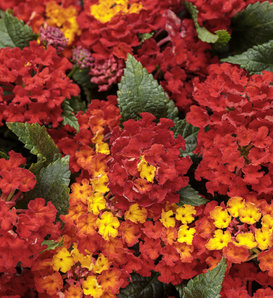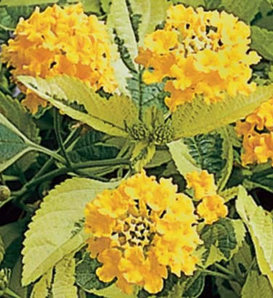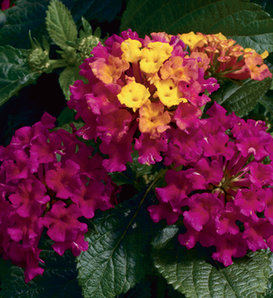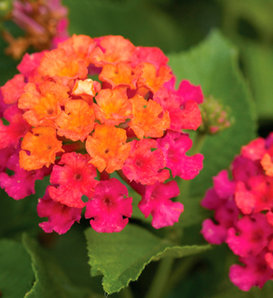Lantana
Lantana plants are a trouble-free choice even for hot, dry gardens. They bloom throughout summer, come in many colors, and attract butterflies and hummingbirds. Grow lantana flowers in pots or landscape beds.
Plants in this genus:
See our ultimate guide to growing lantana plants in your garden.
Does lantana come back every year?
In many parts of the US and Canada lantana function as an annual and do not come back every year. In reality they are a tender perennial, in warm winter climates they become flowering shrubs.
Does lantana need full sun?
Lantana will do best in full sun, a minimum of 6 hours of direct sun a day is best.
Do hummingbirds like lantana?
Lantana attract every kind of pollinator. Bees, butterflies and hummingbirds all love it. It is in bloom even late in the season when many other flowers are calling it quits. This longevity puts it into the top tier for supporting pollinators. Watch as the hummingbirds come calling when its clusters of tubular flowers are on display.
When does lantana bloom?
Lantana are tough plants that will flower all summer long, even during hot and dry spells. They come in lots of colors including yellow, pink, orange, purple and red.
Can you grow lantana in pots?
Lantana are great heat and drought-tolerant plants for containers, window boxes and hanging baskets. Use them on their own or in combination with other flowers. Mounding varieties make good filler plants, while trailing lantanas are good spillers.
Does lantana need deadheading or pruning?
Some Lantana may benefit from deadheading. If your Lantana has a lot of green or purple berries on it, deadheading may help increase blooming. If you don't see the berries, don't bother to deadhead. They can be trimmed back at any time to shape or promote increased branching. A harder pruning can be done in early spring after your last frost date.
Do deer eat lantana?
Lantana are seldom damaged by deer. They have textured foliage and a fragrance that deer don’t enjoy.
Should I fertilize lantana?
Midsummer fertilization can help overcome any slow down in growth during the dog days of summer and help bring even more flowers. Regular fertilization of plants in pots will help ensure the best possible performance.



